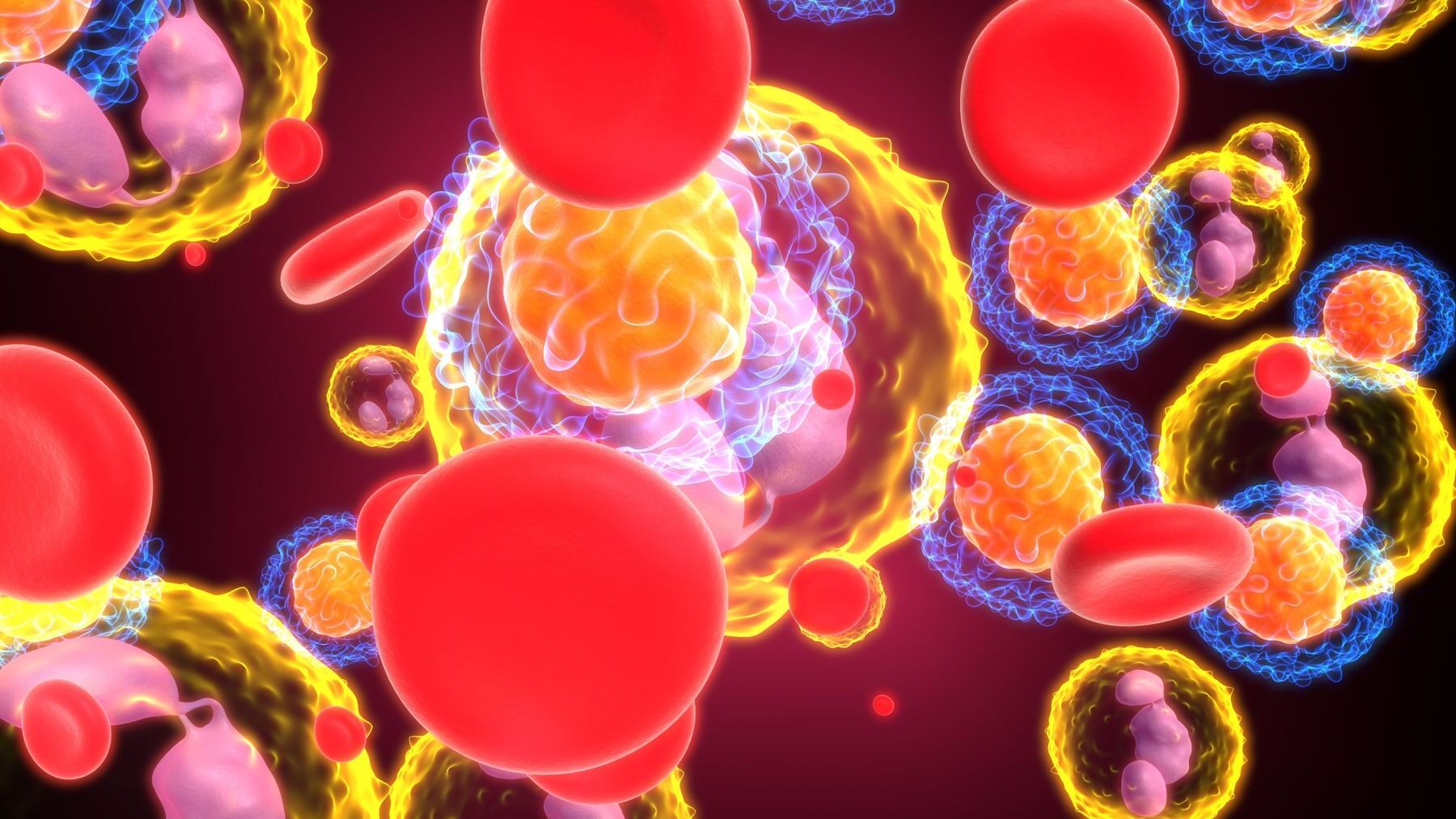
What happens when your bone marrow stops working properly? Bone marrow failure (BMF) is a serious condition where the bone marrow can't produce enough blood cells. This can lead to anemia, infections, and bleeding issues. BMF can be inherited or acquired. Inherited forms come from genetic mutations, while acquired forms result from external factors like drugs, chemicals, or infections. Symptoms often include fatigue, frequent infections, and easy bruising. Understanding BMF is crucial for early diagnosis and treatment. This article explores the causes, symptoms, and treatments of both inherited and acquired bone marrow failure, shedding light on this complex condition.
Understanding Bone Marrow Failure
Bone marrow failure (BMF) is a condition where the bone marrow stops producing enough blood cells. This can lead to serious health issues. Let's dive into some key facts about this condition.
-
Definition and Classification: Bone marrow failure can be either acquired or inherited. Acquired forms result from external factors like drugs or infections, while inherited forms are due to genetic mutations.
-
Pathophysiology: The condition disrupts normal blood cell production. Inherited forms involve genetic mutations that affect stem cells, leading to their early death or exhaustion.
-
Symptoms and Clinical Manifestations: Common symptoms include fatigue, pallor, and frequent infections. Severe cases can cause shortness of breath and heart issues due to anemia.
Inherited Bone Marrow Failure Syndromes
Inherited bone marrow failure syndromes (IBMFSs) are genetic disorders that affect blood cell production. Here are some of the most common types.
-
Fanconi Anemia (FA): Characterized by physical anomalies like absent thumbs and short stature, FA also increases the risk of developing blood cancers.
-
Dyskeratosis Congenita (DC): This syndrome involves short telomeres, leading to premature aging of cells. Symptoms include skin pigmentation, nail dystrophy, and oral leukoplakia.
-
Shwachman-Diamond Syndrome (SDS): SDS features pancreatic insufficiency and skeletal abnormalities. It can progress to more severe conditions like aplastic anemia.
-
Congenital Amegakaryocytic Thrombocytopenia (CAMT): CAMT is marked by severe thrombocytopenia and the absence of megakaryocytes in the bone marrow, leading to bleeding issues.
-
Blackfan-Diamond Anemia (BDA): BDA involves congenital anemia and often requires frequent blood transfusions. The genetic defect affects ribosome biogenesis.
-
Reticular Dysgenesis (RD): RD is characterized by severe immunodeficiency and bone marrow failure, making patients highly susceptible to infections.
Causes and Epidemiology
Understanding the causes and prevalence of bone marrow failure can help in early diagnosis and treatment.
-
Etiology: Inherited bone marrow failures are due to germline mutations. Most are autosomal recessive, but some are X-linked recessive or autosomal dominant.
-
Epidemiology: Bone marrow failure has three peaks in incidence: early childhood, young adulthood, and old age. It is more common in the East, especially Japan.
Diagnosis and Treatment
Diagnosing and treating bone marrow failure involves various tests and medical interventions.
-
Clinical Diagnosis: Diagnosis often involves identifying specific clinical phenotypes and using syndrome-specific tests or genomic studies.
-
Hematopoietic Stem Cell Transplantation (HSCT): HSCT is a common treatment for inherited forms but carries risks like iron overload and secondary malignancies.
-
Supportive Care: Supportive care includes antibiotics to prevent infections and treatments to manage cytopenias, like erythropoietin and G-CSF.
-
Targeted Therapies: Emerging treatments focus on addressing specific genetic defects, such as small molecule inhibitors for Fanconi anemia.
Complications and Late Effects
Bone marrow failure can lead to various complications, affecting multiple systems in the body.
-
Iron Overload: Frequent blood transfusions can lead to iron overload, particularly in conditions like Blackfan-Diamond anemia.
-
Syndrome-Specific Malignancies: Patients with inherited bone marrow failure syndromes are at higher risk for certain cancers, especially after transplants.
-
Age-Related Complications: As patients age, they may develop myelodysplastic syndrome or acute myeloid leukemia.
Acquired Bone Marrow Failure
Acquired forms of bone marrow failure result from external factors and can be just as severe as inherited forms.
-
Aplastic Anemia: This condition involves the failure of the bone marrow to produce all blood cell types, leading to severe cytopenias.
-
Myelodysplastic Syndromes (MDS): MDS are disorders characterized by abnormal blood cell production and can progress to acute myeloid leukemia.
-
Paroxysmal Nocturnal Hemoglobinuria (PNH): PNH involves the destruction of red blood cells, leading to hemoglobinuria and can progress to aplastic anemia or MDS.
-
Large Granular Lymphocytic Leukemia: This rare condition involves the proliferation of large granular lymphocytes, leading to cytopenias and autoimmune disorders.
Advances in Research and Treatment
Ongoing research is uncovering new insights into bone marrow failure, leading to better treatments.
-
Genetic Mapping and DNA Repair: Studies highlight the importance of DNA repair mechanisms in inherited bone marrow failure syndromes.
-
Public Health Implications: Public health strategies focus on early diagnosis, treatment, and education to reduce the impact of bone marrow failure.
-
Future Directions: Advances in genetic sequencing and genome editing hold promise for personalized treatments tailored to specific genetic defects.
Final Thoughts on Bone Marrow Failure
Bone marrow failure is a serious condition affecting blood cell production. It can be inherited or acquired, with inherited forms like Fanconi anemia and dyskeratosis congenita stemming from genetic mutations. Symptoms often include fatigue, infections, and bleeding due to low blood cell counts. Diagnosing these conditions usually involves genetic tests and clinical evaluations. Treatments range from supportive care to hematopoietic stem cell transplantation (HSCT), though HSCT carries risks like graft-versus-host disease. Advances in genetic research and targeted therapies offer hope for better management. Understanding the complexities of bone marrow failure is crucial for improving patient outcomes. Public health strategies and early diagnosis can make a significant difference. Ongoing research continues to uncover new insights, paving the way for innovative treatments.
Was this page helpful?
Our commitment to delivering trustworthy and engaging content is at the heart of what we do. Each fact on our site is contributed by real users like you, bringing a wealth of diverse insights and information. To ensure the highest standards of accuracy and reliability, our dedicated editors meticulously review each submission. This process guarantees that the facts we share are not only fascinating but also credible. Trust in our commitment to quality and authenticity as you explore and learn with us.


